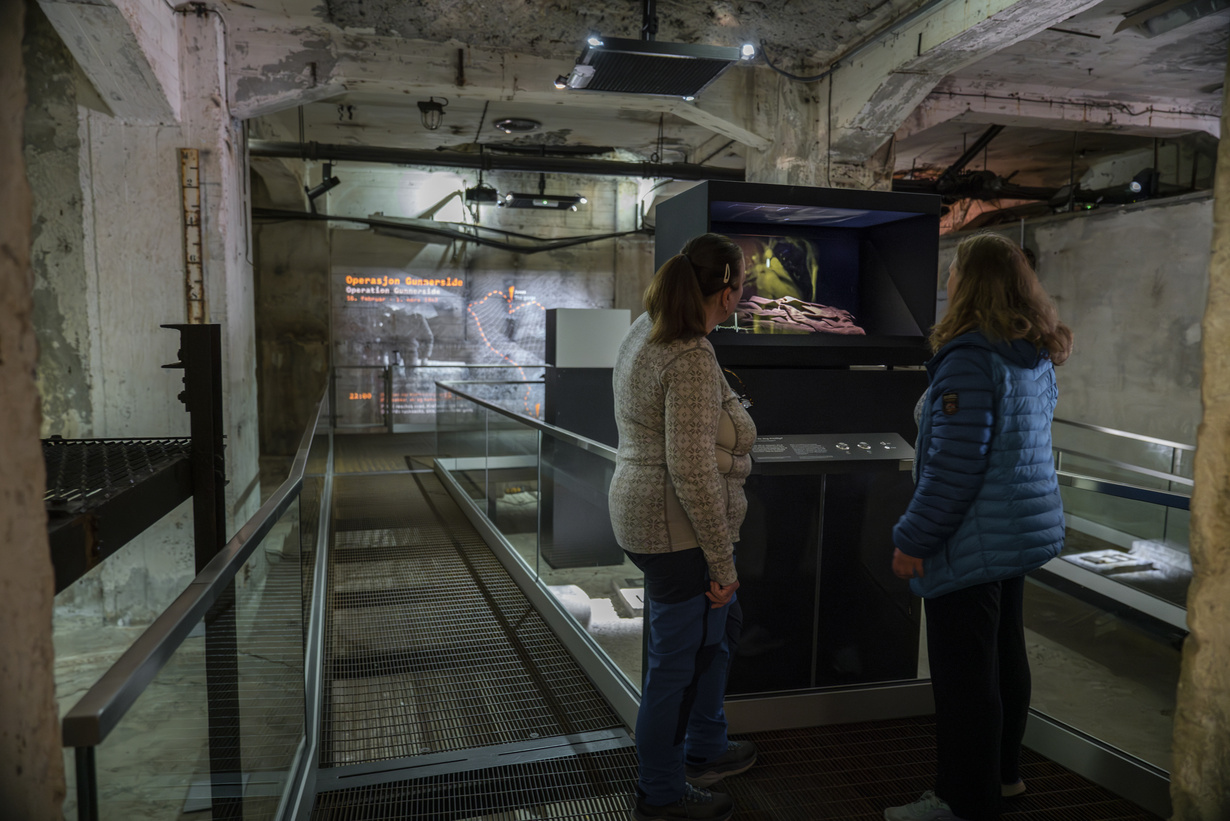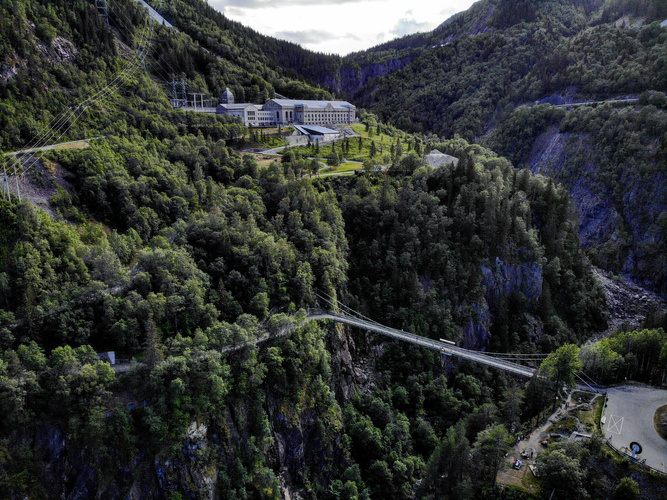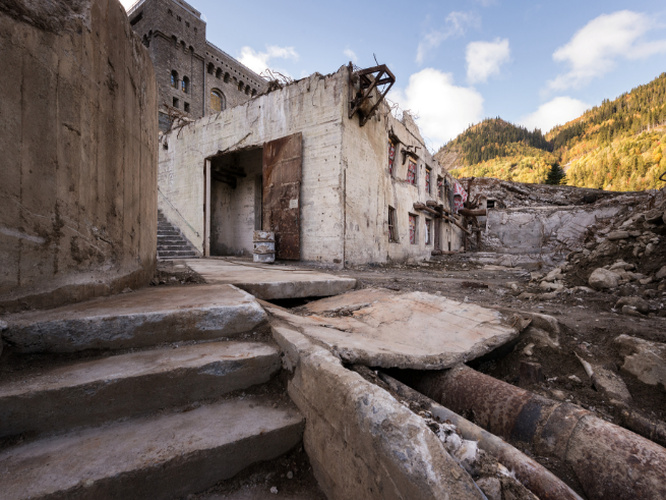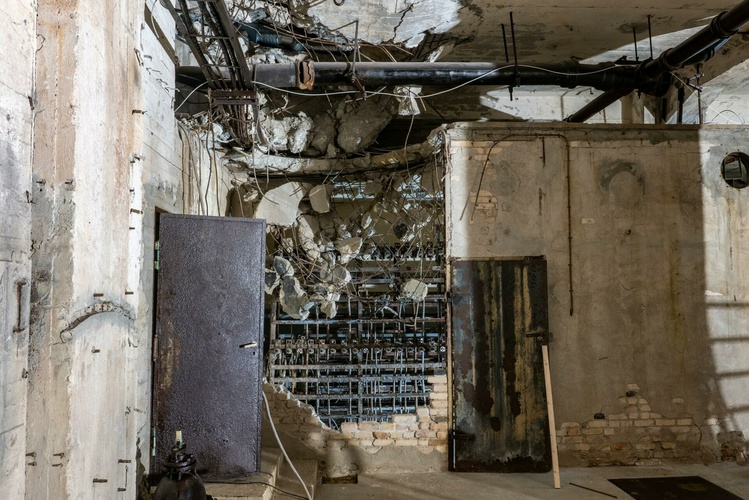
Our designers received a gold award at The Association of Icelandic Graphic Designers Awards 2024 (FÍT Awards) in the "Information Design" category for Heavy Water Cellar in Vemork, Norway. The annual FÍT Awards celebrates the best Icelandic graphic design.
On a dark night in February of 1943, the world-changing Norwegian sabotage action “Operation Gunnerside” took place at the Vemork power plant and destroyed the Heavy Water Basement. This basement in the hydrogen factory housed the production facility of heavy water used by the Nazis in the race to develop a nuclear bomb. By destroying the production site, the Allied forces could set the Nazis back considerably.
The Heavy Water Cellar exhibitions were conceptualised and realised in a collaboration between Kvorning Design (Copenhagen) and Gagarin. Gagarin was responsible for developing and realising a series of interactive exhibitions and elements. Kvorning Design was the lead designer and total supplier of scenography, physical elements, immersive video mapping, light and sound concepts, and content.
All awarded projects can be viewed here.
Good typography, informative and simple. Well designed and conveniently solved. Everything fits well, and the colour selection suits the subject well. This is a unique project, refined and precise. FÍT jury
The largest hydrogen factory in the world stood on this site, housing a massive 6-story factory filled with electrolysers which produced hydrogen gas. An original electrolyser functions as the backdrop for an animation of the inner workings of the factory. This digital storytelling method brings together the electrolyser's original technology with a carefully designed multimedia experience to scientifically explain step-by-step how heavy water is produced.
The team brought the actions from that historical moment to life by creating an interactive exhibition in a glass building surrounding the excavated original basement. To experience the danger of that night, we used augmented reality to bring to life the perilous journey the saboteurs took. We developed an innovative way to demonstrate how heavy water was produced in the 1940s using an electrolyser. As visitors tour the original basement, they encounter multimedia installations that exemplify the dilemmas the saboteurs encountered as soldiers in the war. We highlighted the original museum artefacts by encasing them in holographic displays to bring together the digital with the historic in a way that adds layers of information to the object while still protecting it.

Gagarin also produced seven dilemma stations (holograms) with objects that illustrate the dilemmas the saboteurs encountered while on their mission. A holographic display introduces these dilemmas to the audience, who will then have to decide - the same way the heroes did back in the day. As a result, they are presented with how the story went down and can see what the average answer of the audience is.



